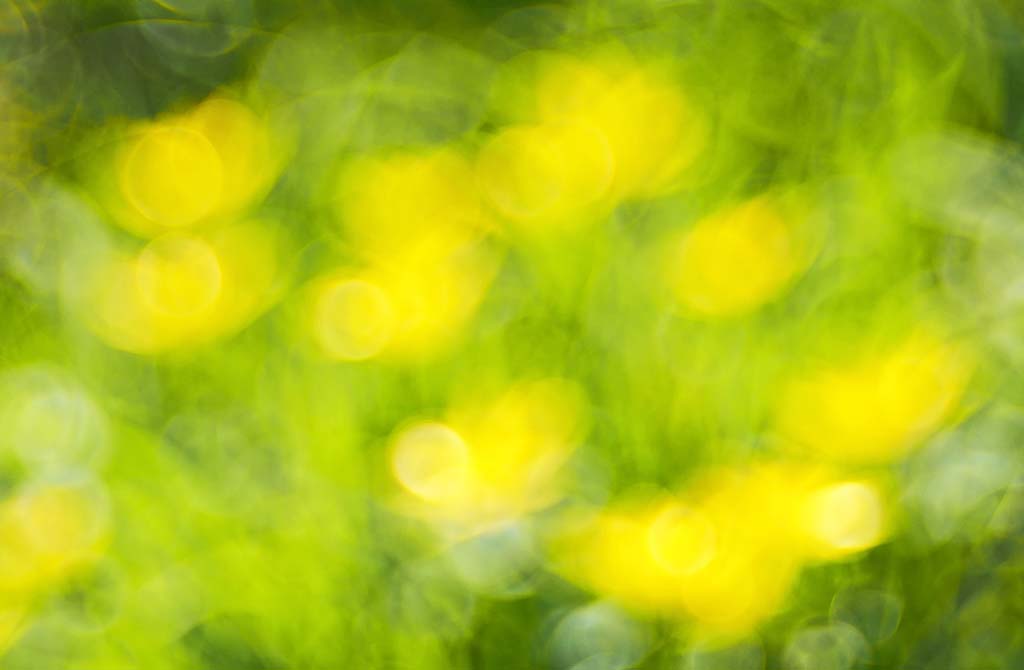CAVE CREEK – Cave Creek residents filled the Cave Creek Council Chambers at the town council meeting on Monday, February 24, 2020. In the center of the room, there were several displays of wild plants that are found in Arizona.
Much of the meeting was largely focused on a weed known as Stinknet, as well as other invasive species of weeds that are currently growing in Cave Creek and other parts of the state.
According to the Southwest Vegetative Management Association (SWVMA), Stinknet—otherwise known as Globe Chamomile—is a plant that originates from South Africa. It has leaves similar to that of a carrot and blooms small yellow button-like flowers.
The SWVMA describes Stinknet as highly flammable. In addition, infestations spread rapidly.
Annia Quiroz of the Central Arizona Conservation Alliance (CAZCA) was the first to give a presentation about Stinknet and other invasive species at the meeting. Although there were multiple species mentioned, Quiroz said that Stinknet is currently the biggest cause for concern.
According to Quiroz, Stinknet is a relatively new threat.
Stinknet was first reported in Arizona in the 1990s and was thought to be ornamental, Quiroz said. She said it is currently growing rapidly in Cave Creek and most likely will not stop dispersing its seeds until late May of 2020.
Quiroz said that the weed is not meant to be in Arizona but now that it is here it will be nearly impossible to get rid of. “There’s no bad plant. There is just a plant in the wrong place,” she said.
Dr. John Brock is a member of the SWVMA and is a professor of Applied Biological Sciences at Arizona State University. Brock described ways to get rid of Stinknet and answered questions from concerned Cave Creek residents who are dealing with the weed on their properties.
Stinknet is classified as a noxious weed in Arizona—meaning that you are supposed to remove these plants from your property, Brock said.
Brock said that one of the best ways to get rid of Stinknet is with Milestone Herbicide. He said Round-up and Escort could be effective as well.
Nevertheless, weed-killers will not work on Stinknet if they are not used quickly after the weed begins to grow, said Brock.
A town resident asked Brock if the weed-killers were safe to use around their animals, cacti and the well that they use for their drinking water. Brock said that the herbicides he had suggested have been tested on animals and plants and should not pose as a problem.
Another resident was skeptical about the use of chemicals. Brock said that a mix of water, salt and vinegar is an alternative option.
Brock also mentioned that you could use a blow torch on the weeds as well. Many residents at the meeting said that they have used a blow torch, and it was effective.
However, Fire Chief Ted Beam said that using a blow torch has had negative repercussions in the past and residents should use caution.
He also warned that Stinknet is extremely dangerous and hard to maintain once it catches on fire. He said, “It moves faster than we can move.”
The other invasive species mentioned by Quiroz and Brock included Red Brome Foxtail, Fountain Grass, Buffelgrass and Sahara Mustard.
– Madison Cerro is a student at ASU Walter Cronkite





